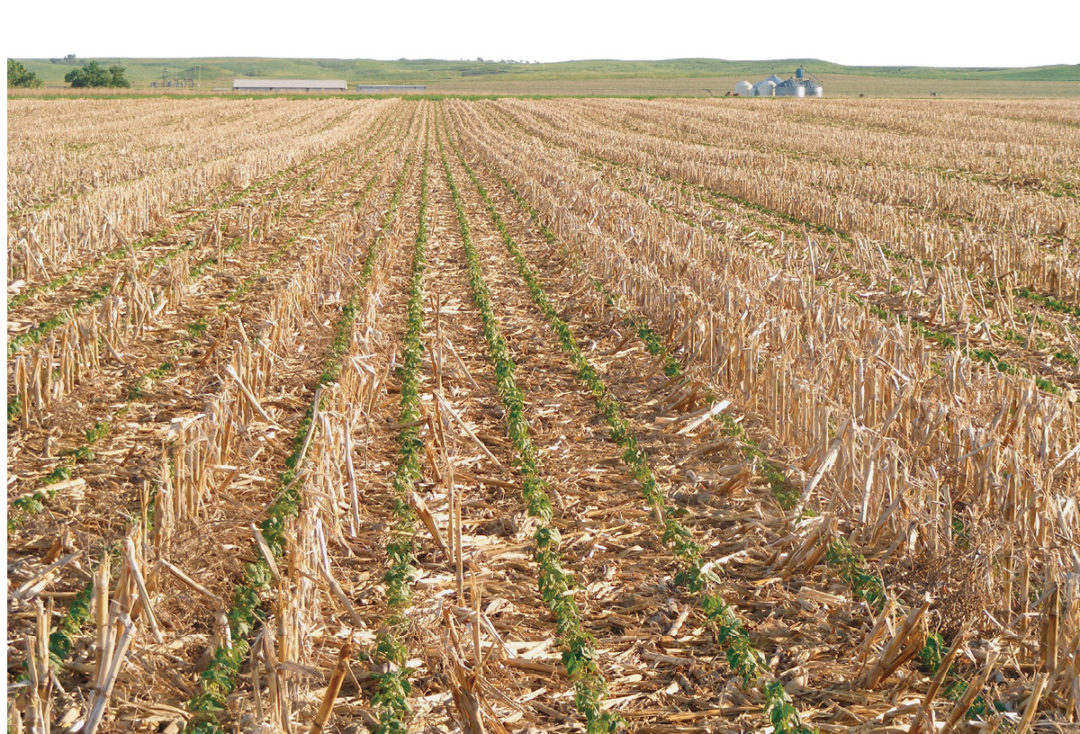No-Till Farmer
Get full access NOW to the most comprehensive, powerful and easy-to-use online resource for no-tillage practices. Just one good idea will pay for your subscription hundreds of times over.

As an advocate for no-tilling cropping systems for more than 30 years, Dwayne Beck is adamant about using biological solutions to biological problems.
But as the manager of the no-till-devoted Dakota Lakes Research Farm near Pierre, S.D., Beck also believes in creatively using technology for no-till equipment. However no-tillers use biology and technology, they need to work with Mother Nature while they watch the bottom line, Beck says.
“Mother Nature is an opportunist,” he says. “If you have a problem, you have been provided the opportunity somewhere in your farming system.”
Cover crops are all the rage right now, but Beck urges no-tillers to consider why they want to grow cover crops. During the 2010 National No-Tillage Conference in Des Moines, Beck explained some of the obstacles to no-till and his thoughts on how to overcome them
“Everybody is running out and saying, ‘I want to plant a cover crop,’” Beck says. “If that’s all you want to do, fine. But if you don’t think about what you are doing, cover crops may end up doing you no good or even doing harm.
“Think of a cover crop as just another component of your crop rotation. It’s not anything special.”
Beck says cover crops can help no-tillers fine-tune water use, sequester nitrogen so it doesn’t go down into drainage tiles, speed residue decomposition, create habitat for beneficial predators, increase organic matter and provide feed for livestock.
“Cover crops and forage crops provide no-tillers an opportunity to increase…